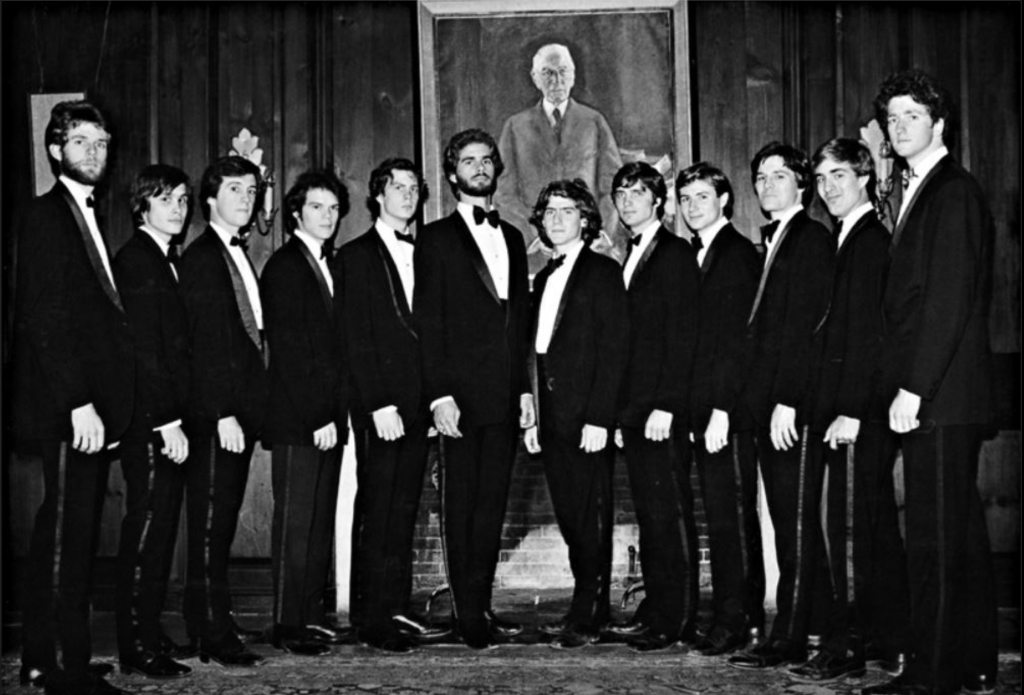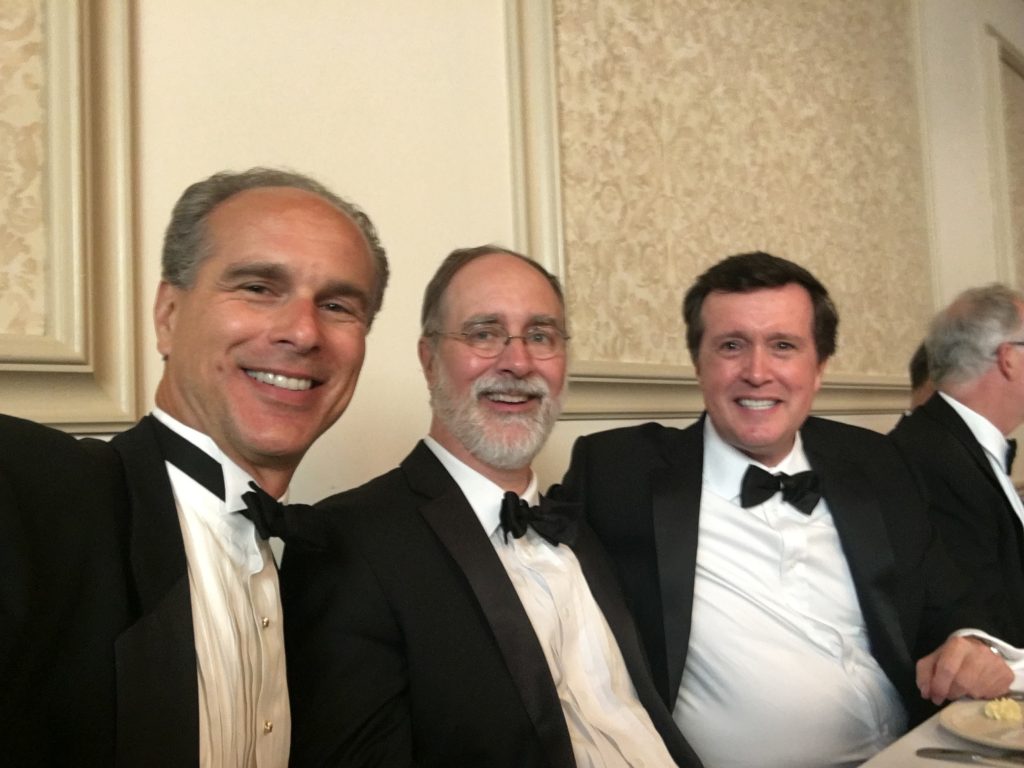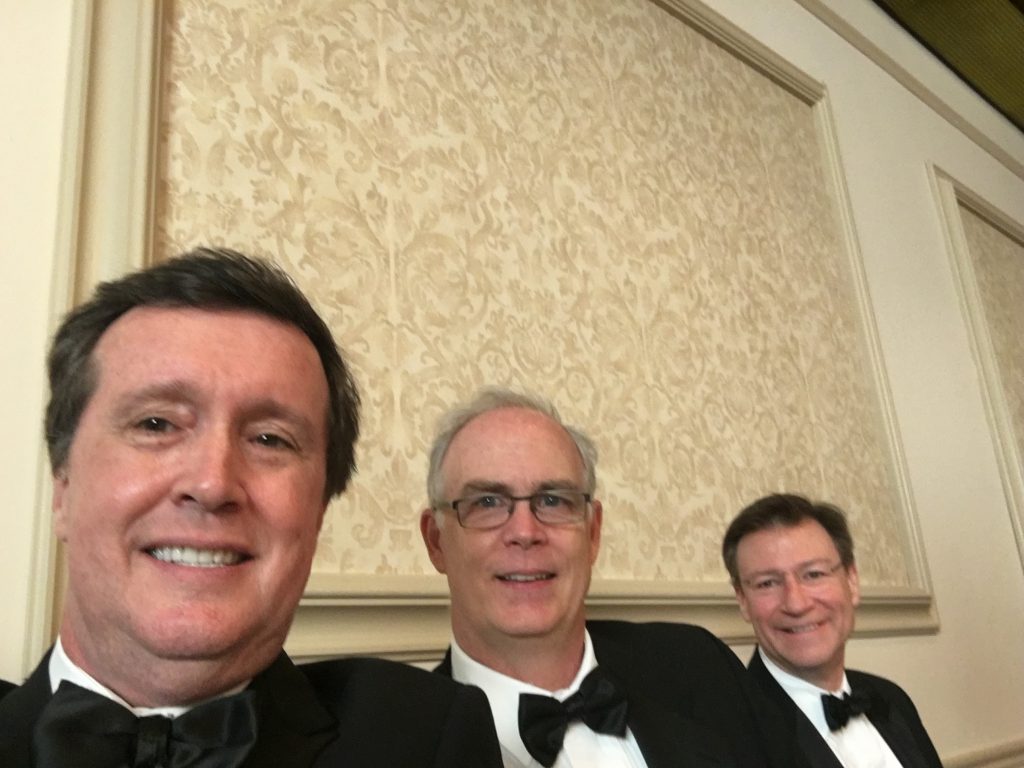A Reflection by Alex Aldrich, K79, K80
In April of 1979, I learned in a quick motion by BII Paul Douglas, seconded by acclaim, that I was to be the Music Director of the Kroks of 1980.
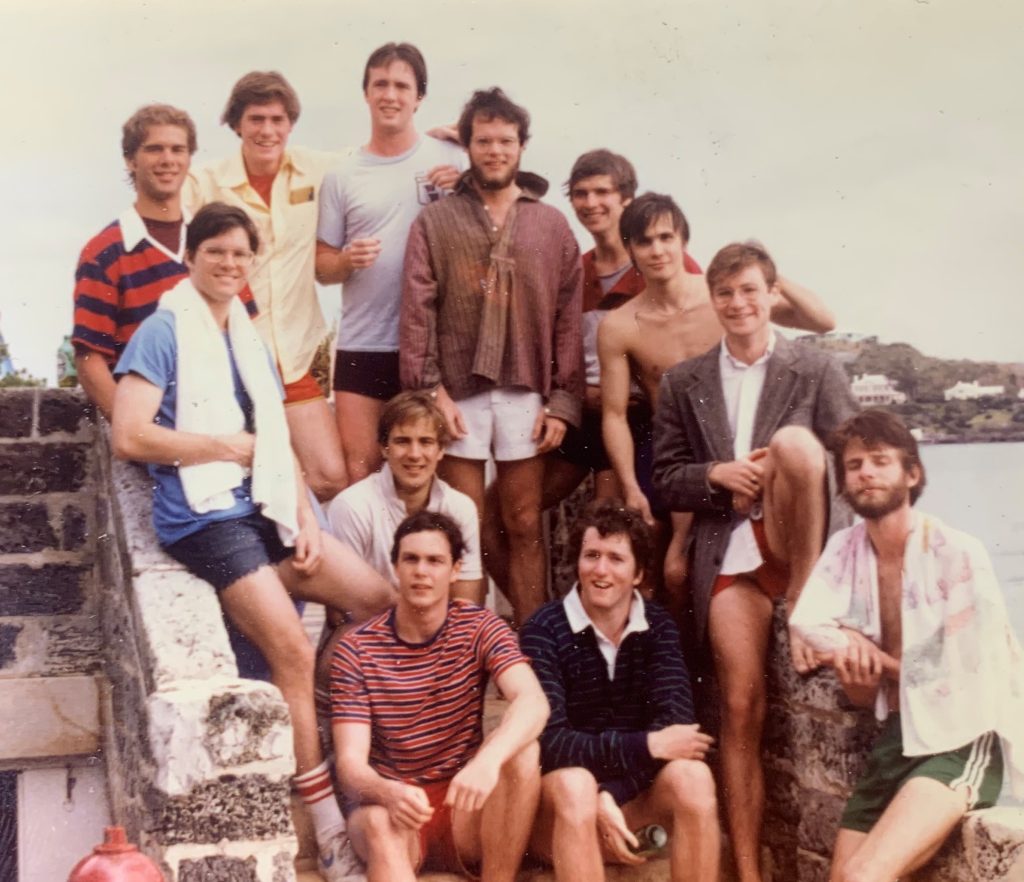
At that same meeting, I also learned that five other Kroks (Paul Douglas, TII Allen Gifford, BI Alan Wachman-who is most widely recognized for having redrawn our logo to what it still is today-, TII Roger Platt, and TI James Cott) would NOT be returning to the group because of a commitment to their academics or burn-out. Roger and James had been in the group since their freshman week and were interested in other Harvard “activities.” Paul and the two All(a)ens, as upcoming seniors, wanted to focus on their theses. The opportunity to shape a whole new sound as we entered a new decade was almost unprecedented (the Kroks of 1977 were also a lone hold-over with 11 newbies, but they stuck to the traditional 1970s repertoire that can be heard on the 1975 Kroks on the Rocks album).
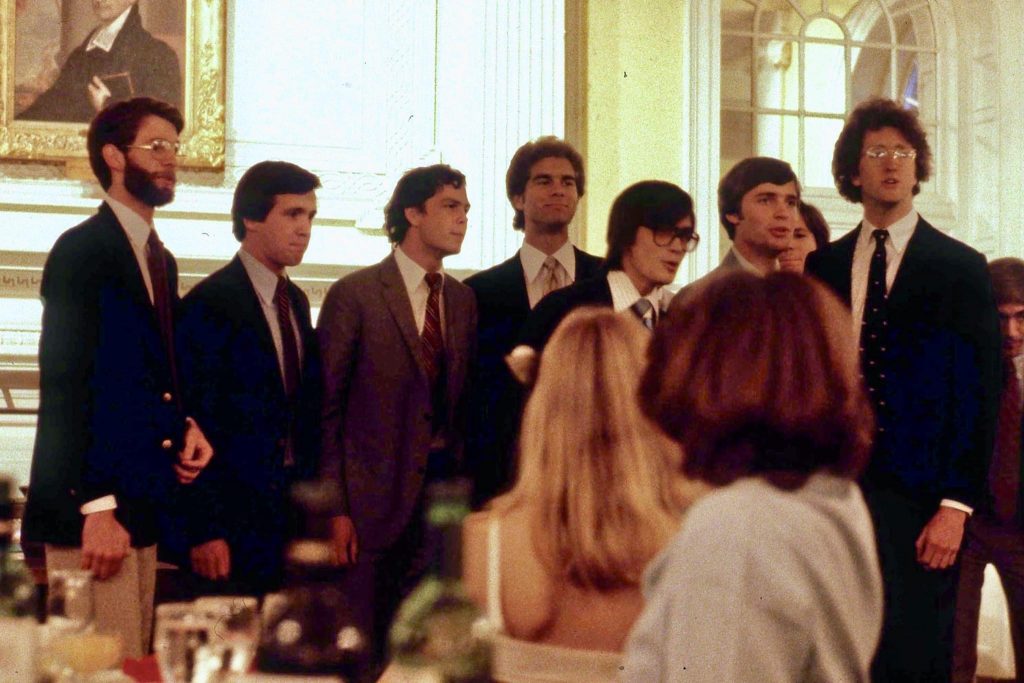
As scared as I was at the prospect of molding a totally new group, I did have the advantage of having sung in Glee Club during my first two years at Harvard and had made good friends among the Holden Chapel choruses. My not-so-subtle efforts at recruitment paid off as by the time school ended we had a core group of 10 guys, most of whom had sung together in Glee Club. After a typical rowdypreseason at my family’s summer house in Maine (at which we easily convinced the two All(a)ens to help me teach parts), we had learned enough songs to get us started and came back to a freshman week audition at which we picked up our two final members, TI Joel Mazur and TII Steve Zelinger.
This group had such a tight, blended sound and since most of us were “trained” by F. John Adams to “listen to each other” in quartets as choral singers, we had excellent “ears” and a consistent(ly good) sound. An unexpected bonus was that instead of just two soloists that had been Glee Club stand-outs in TI Tim Woods and BI Grant Bue, we were blessed with the crucial star-power of BII Bill Adams, BI George Overholser, Steve Zelinger, TII James Bundy, and Joel Mazur. All this talent depended on a rock-steady, pitch-perfect corps of people like myself, TII Scott Bradley and TI Mark Slaughter, and BII John Koenig. All we needed were humor and showmanship, and that leadership came from the unexpectedly starch and hysterical duo of BI Patrick Harris and John Koenig. By the end of the fall, all 12 of us were kick-ass soloists, hysterically funny, and so entertaining we even began to consider adding a little choreography to our set. Okay, so not everything was perfect…
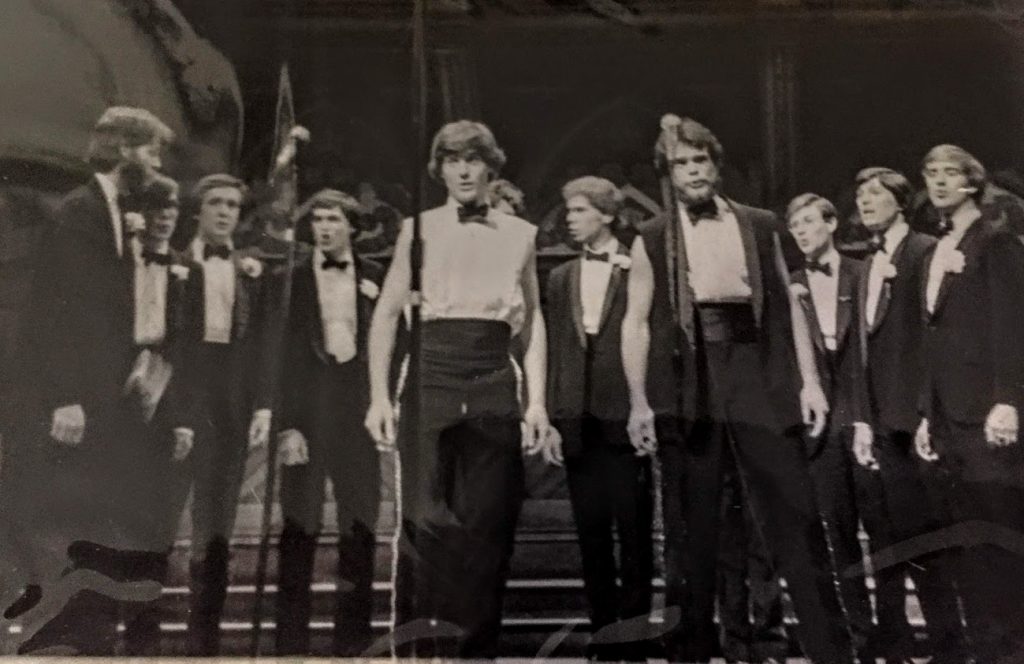
My favorite single memory was when John and Pat led off House of Blue Lights at Wheaton College in Norton MA which, at the time, was still all-women. During the intro, John quietly put his microphone in his pocket while Pat was speaking, and as the audience started laughing and pointing at John’s “pocket rocket” Pat, without breaking character said, “and the two of us, John especially as you can see, are VERY happy to be here with you tonight.”
That year we radically expanded the Krok repertoire, adding Poulenc’s Four Prayers, That Old Black Magic, Serenade in Blue, and Masochism Tango. We depended heavily on Peter Mansfield (who, the year after I graduated involved me with the Hasty Pudding Show for the next three years—but that is another story) for arrangements and for teaching us efficiently. We also accomplished two other goals.
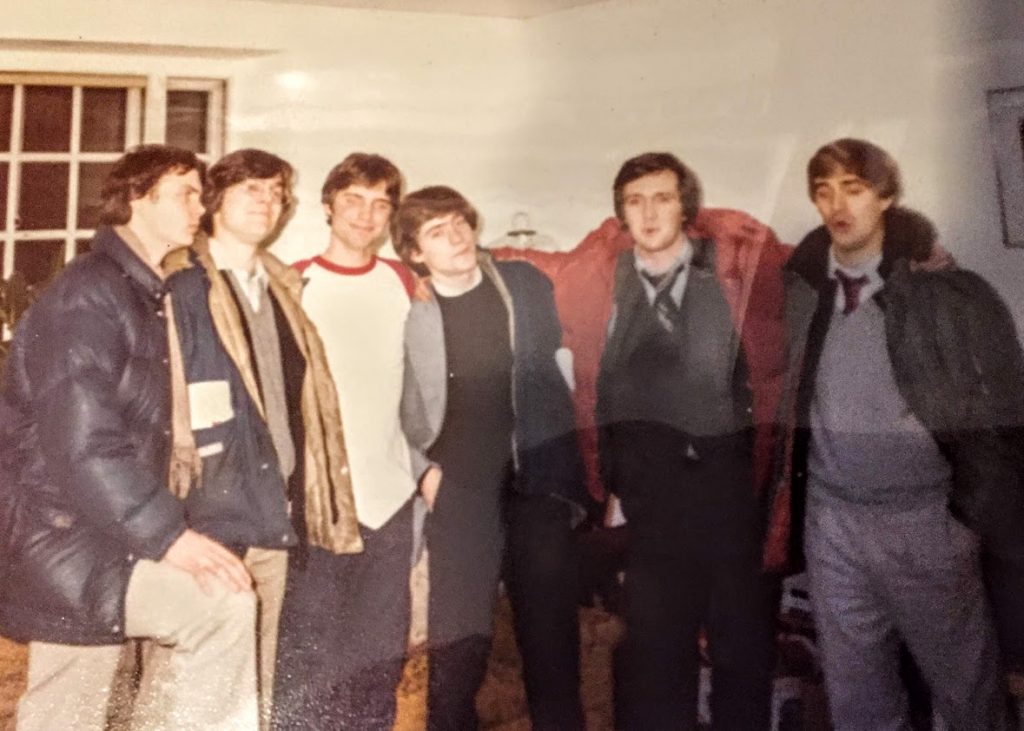
First, we made enough money from concerts that we not only paid of our annual “Bermuda Debt” but, second, we left a sizable profit in the bank that allowed the Kroks of 1981 to send Gordon Bloom off to Europe to establish the first-ever European tour—a legend and a reminiscence I will leave to my best, lifelong friend who followed me as the Krok Music Director in 1981 and 1982—George Overholser.


